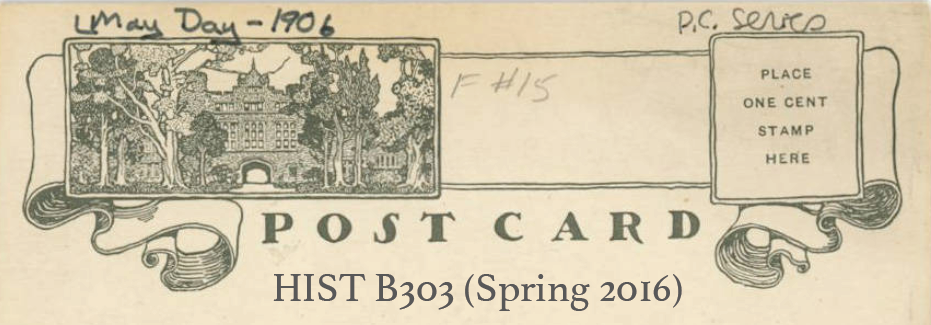One of the most striking images from Fred Wilson’s exhibit, “Mining the Museum,” was the empty pedestals for Benjamin Banneker, Harriet Tubman, and Frederick Douglass. It’s amazing to me how Wilson carved out silence, and made erasure visible. He made the process of erasure visible also, as he juxtaposed the empty pedestals with the busts of Henry Clay, Napoleon Bonaparte, and Andrew Jackson. He makes it clear that erasure does not simply mean not including or honoring the history of African-Americans. Rather, it is the honoring of white heroes at the expense of African-Americans. Similarly, in the staging of the silver and the slave-shackles, Wilson forces the viewer to put these objects in conversation with one another. Wilson disallows the viewer from seeing these histories of labor as separate from each other. Wilson is able to do this because he curates from a particular point of view, which is his personal history. I love his work because he demonstrates that “objective” is negotiable. There is this notion that museums are objective, but when Wilson curates from his personal history, he illustrates that his perspective is true and trustworthy, also.
I loved the visitor’s handout that accompanied the exhibit, also. In particular, I appreciated the questions, “For whom was it created? For whom does it exist? Who is doing the telling? The hearing” and “Where are you?” The questions about storytelling and audience made me think about Memorial Mania and the question of who the memorials are supposed to help grieve, and whose healing they’re intended to facilitate. I appreciated the question, “Where are you,” because it demonstrated an understanding that the exhibit would not only reach across time, but across space, as well.

I like that handout, too, and was thinking of using it with our BMC objects today. I think you’ve convinced me to do it!